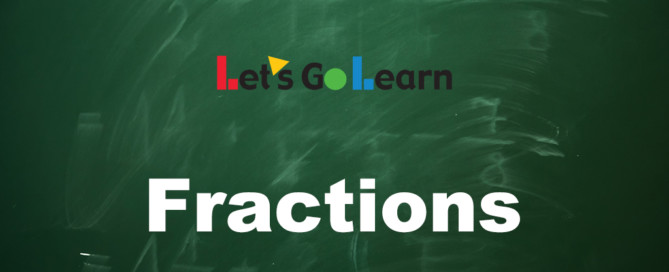Dyslexia vs Dysgraphia
Dyslexia vs Dysgraphia Undiagnosed dysgraphia: The serious impact of the least well known learning disorder Just as dyslexia refers in general to learning disorders that affect reading proficiency, dysgraphia refers in general to learning disorders that affect writing proficiency: “At its broadest definition, dysgraphia is a disorder of writing ability at any











